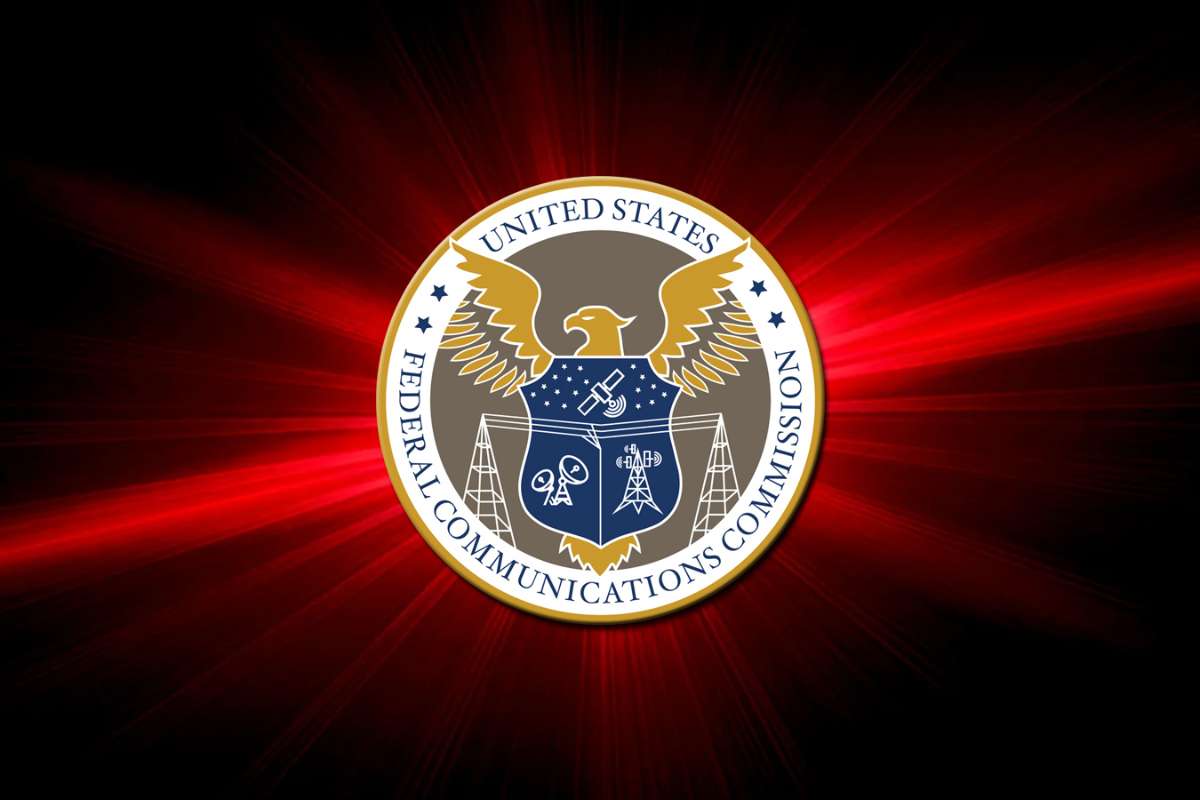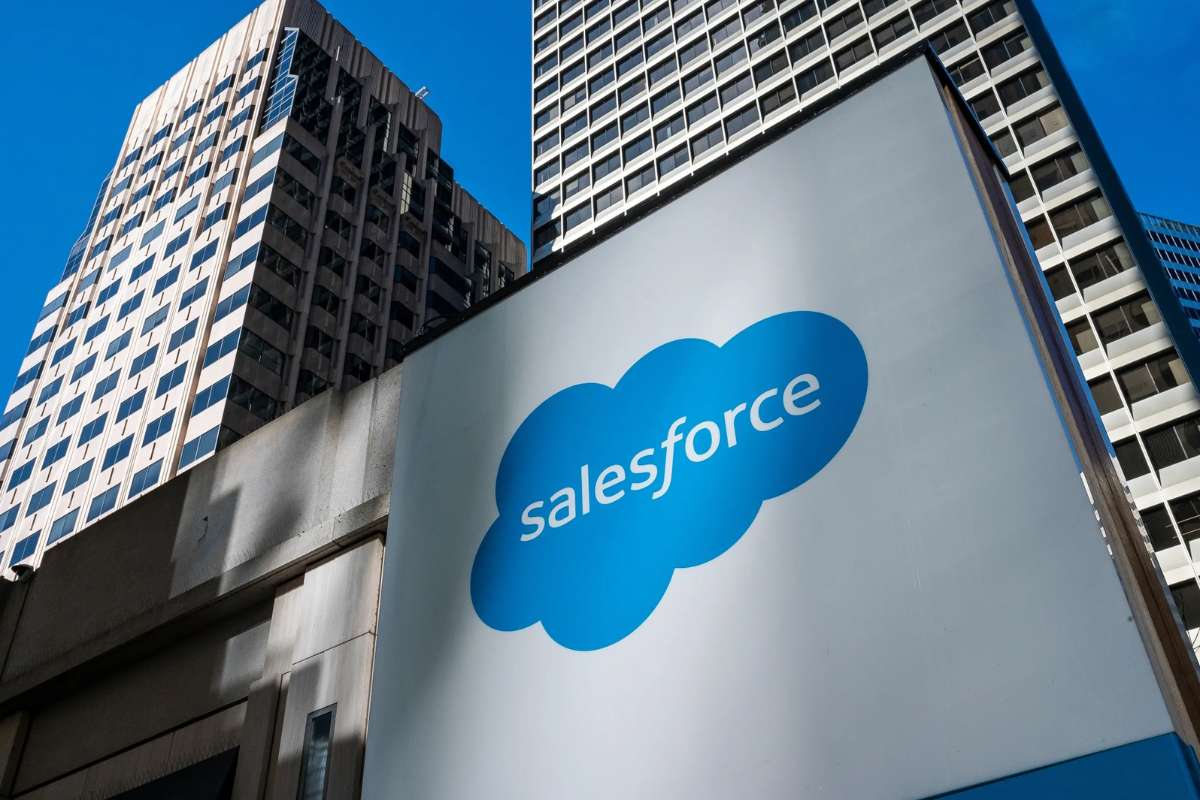As 2025 Cybersecurity Landscape, Check Point Software Technologies warns of increasingly sophisticated ransomware and AI-driven cyber attacks. Ransomware, powered by AI and automation, will spread faster and more precisely, endangering entire supply chains. This growing threat highlights the need for organizations to invest in early detection and defensive measures, especially as ransomware targets critical sectors. Cyber insurance will likely see increased adoption as organizations brace for potential financial losses, while compliance standards tighten. In addition, phishing—often the entry point for ransomware—has become more convincing through AI-generated emails and deepfake technology. This shift underscores the importance of phishing training and advanced detection tools for businesses aiming to stay ahead of cybercriminal tactics.
The incorporation of AI into cyber attacks is reshaping the threat landscape. AI enables smaller cybercriminal groups to conduct large-scale attacks, generating vast quantities of customized phishing emails and malware that adapt to evade detection systems. Security Operations Centers (SOCs) are integrating AI co-pilots to sift through threat data faster, allowing them to prioritize alerts and automate responses, which are crucial as the volume and speed of cyber threats increase.
2025 Cybersecurity Landscape Quantum Computing and Social Media Vulnerabilities
Quantum computing, still developing, poses a formidable risk to traditional encryption methods, especially in sectors like finance and healthcare. As quantum technology advances, it threatens to render current encryption, such as RSA, obsolete by allowing rapid decryption. In anticipation, organizations are urged to begin adopting quantum-resistant cryptography as part of long-term cybersecurity strategies.
Meanwhile, social media continues to be a prime target for cybercriminals, who increasingly exploit user data to craft highly targeted, AI-generated scams. Professional networks like LinkedIn are particularly vulnerable, as business-related interactions make it easier for fraudsters to infiltrate. AI-generated deepfakes and impersonations further complicate verification, paving the way for large-scale social engineering attacks that blur the lines between legitimate and fraudulent interactions.
Expanding CISO Roles and Cloud Security Integration
The convergence of Chief Information Security Officer (CISO) and Chief Information Officer (CIO) roles in the 2025 Cybersecurity landscape reflects the growing need for unified risk management in hybrid cloud and Internet of Things (IoT) environments. With over 90% of enterprises operating in multi-cloud settings, the attack surface expands, making security even more challenging. Organizations will increasingly turn to integrated platforms, such as Cloud Native Application Protection Platforms (CNAPPs), to streamline security across vast digital infrastructures. This approach emphasizes proactive threat detection and highlights the shift towards comprehensive security solutions, which are essential in managing and safeguarding against the growing complexity of cyber threats.






